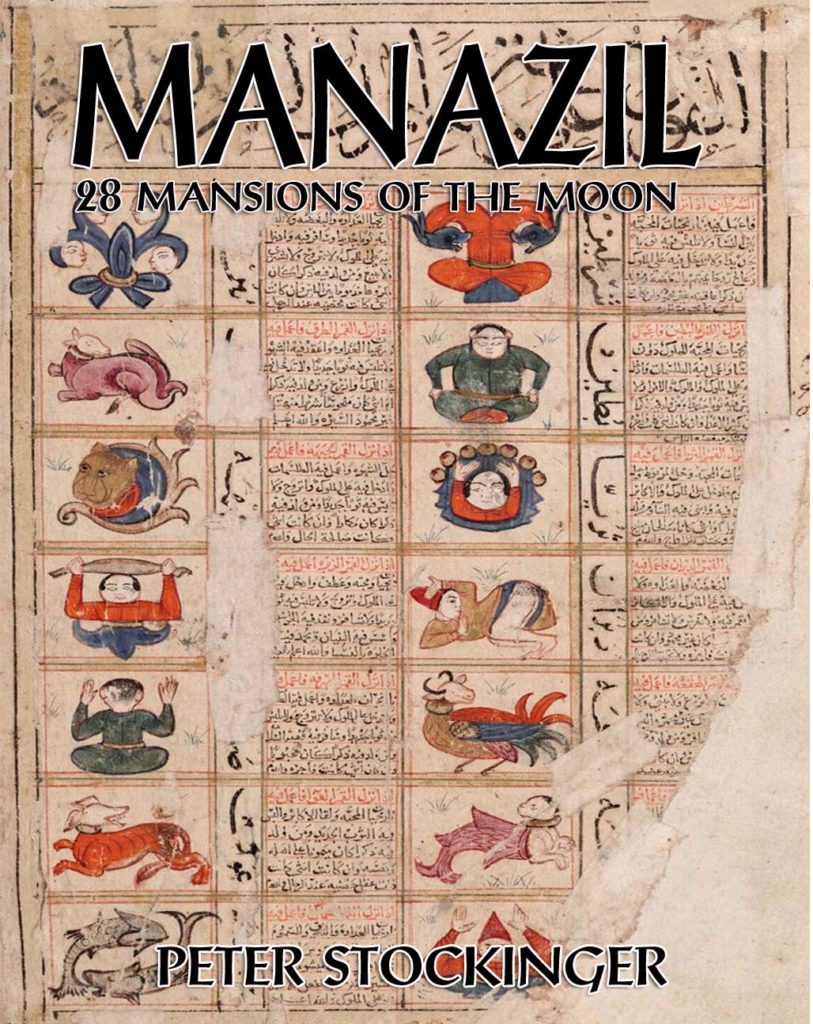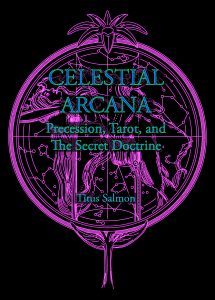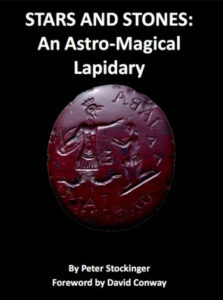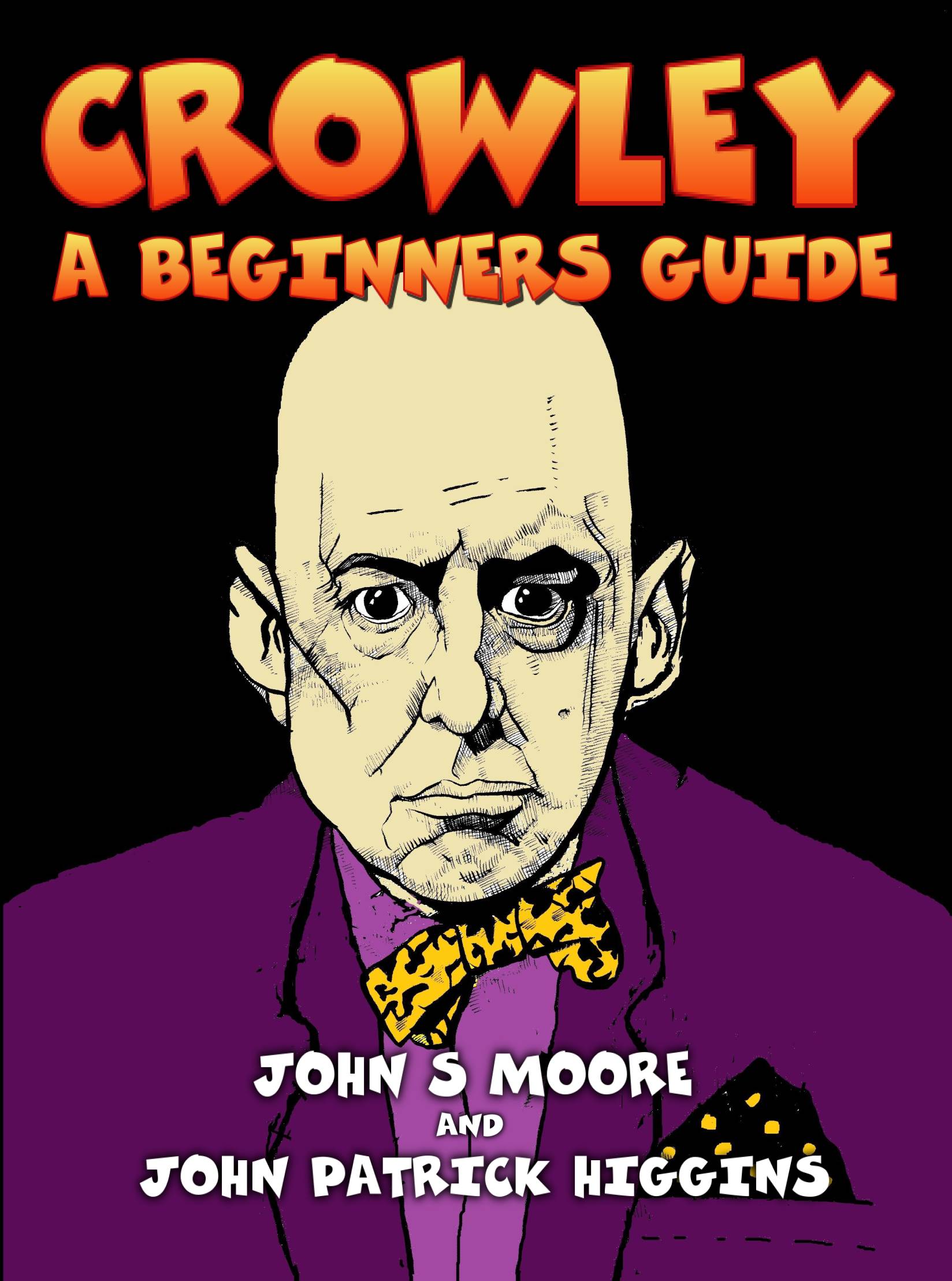By Peter Stockinger
ISBN 978-1-914153-31-0 288pp (246mm x 189mm)
UK £25 Other $30



Demonic Calendar Ancient Egypt
Mogg Morgan
ISBN: 978-1-914153-01-3
$22.00+p&p / £14.99+p&p
Ebook:$9.99
Click HERE for UK edition
Click HERE for USA & Elsewhere
The ancient Egyptians divided the year into 36 weeks of ten days duration, hence “decan” from Greek “ten”. The iconography of the decans predates that of all famous European books of magick such as the Testament of Solomon or the Goetia. But one thing all these spirits have in common is their malign character.
Each decan is ruled over by particular stars, rising in succession over the course of a year. These can be observed rising on the eastern horizon just before dawn.
You and I were born into this intricate web of stars. The 36 decans are in effect an earlier Egyptian equivalent of the later Greek system of twelve zodiacal signs. The twelve culminating decans are also the equivalent of the twelve “houses”.
All information needed to use this calendar either in a ritual or for prognostications is included, as well as an ephemeris as well as information on how it is compiled, in case you want to make your own.

Celestial Arcana
Precession, Tarot & The Secret Doctrine
Titus Salmon
Format: Hardback
ISBN: 978-1-906958-80-0
Subjects: Cosmology/Astrology/Tarot/Divination/Occult/Theosophy
This book is an in-depth study of Tarot symbolism, with a particular emphasis on the various myths encoded within, and how they relate to the phenomenon of precession, and the Secret Doctrine of Aeonic succession. Much of the symbolism is shown to have been derived from ancient Egyptian, Celtic, Hellenistic, and medieval customs, rituals, and myths. One of the main theses developed within the book is that the ultimate source of the symbolism is preeminently Egyptian, and can be traced at least as far back to the Age of Taurus (c. 4200-2100 BCE).
The annual flooding of the Nile River, and its connection to the star Sirius was of paramount importance during this era, and it is demonstrated how much of the mythology and symbolism of later Ages and cultures are actually derivations from this fundamental mythos – in which the Mother Goddess was revered rather than vilified, as the case has subsequently become during the Ages of Aries and Pisces. For example, it is postulated that the Biblical account of the Fall of Humanity can be interpreted as a record in astromythological form of the usurpation of the ancient stellar and matriarchal cosmology – in which the Great Mother was preeminent – by the solar and patriarchal regime in which Jehovah became the central deity. Although it is undeniable that our current Age is characterized by many aspects of a bellicose patriarchy, it is suggested that this is a regime losing its foothold, to be supplanted in the (relatively) near future with a more egalitarian cosmology.
The ancient Egyptians were quite aware of the phenomenon of precession well before it was “discovered” by Greek astronomer Hipparchus during the Hellenistic era. In fact, Plato recounts how the Egyptian priests of the 7th century BCE maintained that they had knowledge of multiple precessional cycles (each one comprising 24-26,000 years; i.e. the Great Year), and the concomitant periodic destruction of humanity through various celestial cataclysms – from which they were invariably saved due to their proximity to the Nile. This cycle is shown to have been recognized by ancient Hindu cosmologists, leading to their development of the concept of Yugas – wherein each Yuga represents a portion of the Great Year, with its own celestial characteristics that determine the relative level of spiritual advancement of humanity as a whole. This in part constitutes the so-called “Secret Doctrine” of Aeonic succession throughout the course of the Great Year.
The structural components of the celestial sphere are shown to be keys to unlocking much of the symbolism behind various esoteric constructs and symbols, such as the Kabbalistic Tree of Life, Yggdrasil, the Enneagram, the Great Seal, and the Porta Alchemica. These keys are then applied to the Major Arcana in a multifaceted approach that considers astromythology, equinoctial precession, and ancient modes of chronometry in the examination of trump attributions.
Previous systems are discussed, drawing from various historical sources, such as Arthur Waite, Aleister Crowley, A. E. Thierens, Eliphas Levi, and Antoine Court de Gebelin. The tradition of ascribing a Hebraic letter to each of the 22 trumps is also addressed, and a new system is proposed. This system interprets the threefold categorization of the Hebraic alphabet into the “3 mothers”, “7 doubles”, and “12 simples”, according to the celestial mechanism of precession.
The work of Gerald Massey is drawn from throughout the book. Massey was considered to be a self-initiate into the “Secret Doctrine” by H. P. Blavatsky, and Crowley listed him as one of the Chiefs of the “Argentium Astrum”. Much that is obscure in Crowley’s Tarot doctrine is clarified via reference to Massey’s extensive writings on the astromythology of the ancient Egyptians.
The book is illustrated with over 270 images consisting of tables, diagrams, and pictures. Also included is a thorough bibliography and index; references include over 680 footnotes. Total word count = 103,623 (402 pages).

Stars And Stones
An Astro-Magical Lapidary
Peter Stockinger
Format: Softcover/164 pp.
ISBN: 978-1-906958-73-2
£14.99/US$24
New revised edition
Click HERE for USA & elsewhere
Click HERE for UK
Click HERE for the ebook edition
Triple Peter Stockinger USA & Elsewhere
Unlock the hidden powers of crystals and gemstones.
For millennia, magicians and astrologers, familiar with celestial magic, knew that precious stones held an important key for the maintenance of health and wellbeing. During the Age of Reason this knowledge was lost. Now, nearly 400 years later drawing from ancient sources, Peter Stockinger’s astro-magical lapidary invites you to re-discover this long-lost knowledge and to learn how to utilise the magical and therapeutic powers of gems.
· Read the in-depth descriptions of 30 gemstones and crystals revealing their hidden lore, and discover their practical use from antiquity;
· Study real-life cases that demonstrate how to use the beneficial powers of crystals and gemstones;
· Learn how to find your perfect gem, create gemstone talismans and manufacture lucky fixed star rings.
The lapidary also contains a thorough introduction to the subject of traditional astrology, a therapeutic index and a detailed glossary.

Crowley a beginners guide UK / £15.00
Crowley a beginners guide USA / US $22.00
Crowley, A Beginners Guide
John S. Moore & John Patrick Higgins
Format: Softcover/b/w Illustrated/154pp
ISBN: 978-1-906958-69-5
£15.00 /US $22.00
Subjects: Aleister Crowley/Thelema/Magick/Occult/Biography.
—–
“Do what thou wilt shall be the whole of the Law.”
Nearly seventy years after his death Aleister Crowley, the notorious Beast 666, is only just beginning to attract serious academic attention. Even so we would not expect to find him on any mainstream university courses; he is still too much associated with occultism. So, Crowley – A Beginners Guide is not your standard beginner’s guide.
“Let my servants be few & secret: they shall rule the many & the known.”
Readers may be surprised at the richness and complexity of his thought, as well as the extent of his influence. He needs background to be understood. Giving this opens fresh perspectives on much recent intellectual history.
Crowley – A Beginners Guide presents his main ideas in a straightforward and accessible format, with drawings and diagrams to place them in their historical context. It relates him to contemporary movements in art and scholarship. It describes his relationship to modernism and postmodernism, and his role in the counterculture of the sixties, as well as his continuing influence today. Interspersed are entertaining stories of his life and reputation.
Brilliantly illustrated by John Higgins, Crowley – A Beginners Guide, is a highly accessible guide to this fascinating, complex and controversial figure. It neither promotes nor condemns him, presenting hostile as well as favourable views of his character and achievement.
John S Moore is a freelance writer and independent scholar living in London. He is the author of Aleister Crowley: A Modern Master (Mandrake of Oxford, 2009) and Nietzsche – An Interpretation, (AuthorsOnline Ltd, 2011) and has written on Schopenhauer, Wittgenstein and Edward Bulwer-Lytton among others. More information at www.johnsmoore.co.uk
John Patrick Higgins is a writer and illustrator. He is the author of The Narwhal and Other Stories www.amazon.co.uk/Narwhal-other-stories-Patrick-Higgins ebook/dp/B007N6KJW8
He writes art criticism for various magazines and is Creative Director of Shot Glass Theatre Company www.culturenorthernireland.org/reviews/performing-arts/shot-glass. See also www.facebook.com
He lives in Belfast, which he continues to find extraordinary.
Read a review of Crowley A Beginners Guide from Magonia Review of Books pelicanist.blogspot.co.uk/2016/04/crowley-for-beginners.html

William Lilly,
Magician, Astrologer & Adept
Peter Stockinger & Sue Ward
Click HERE for the UK edition
Click HERE for USA & Elsewhere
Born less than a year before the death of Queen Elizabeth I in 1603, William Lilly lived during one of the most turbulent times in English history. Like so many of his generation, he had to deal with the plague, was drawn into the madness of the English Civil War and was forced to take sides, and witnessed the regicide of King Charles I. Lilly lived in a time of enormous religious and social upheaval, but his astrology remained the outer expression of a magical world-view, based on hermetic and neo-Platonic principles and rooted in the 16th century.
This book provides the reader with a thorough introduction to the world of William Lilly, the famous 17th century astrologer and magician. It brings together transcripts of his autobiography and of some of his most important works. It also includes Peter Stockinger and Sue Ward’s Monster of Ingratitude, an investigative journey offering new insights into the notorious contention between Lilly and the astrologer John Gadbury. Amongst other valuable information, the book contains:
* The Life of William Lilly, Student in Astrology
* Monster of Ingratitude
This research contains brief biographies of Lilly and Gadbury. It shows how their enmity began, developed and ended, including details of the rather one-sided pamphlet war. An in-depth study of published material, timelines and bibliographic entries of all primary sources used are also included and provide the grounds for a different explanation from that commonly proposed.
”The Last Magician is a very worthwhile work. Although some parts are hard going for the non-specialist, others are of value to anyone with an interest in Enlightenment esotericism and seventeenth-century English history in general. — Clive Prince.”

Click HERE for UK edition
Click HERE for USA & Rest of the world
Triple Peter Stockinger USA & Elsewhere
A German Stargazer’s Book of Astrology
Peter Stockinger
Foreword by Sue Ward
Format: Softcover/242 pp.
ISBN: 9781906958596
£14.99/US$22
Subjects: Astrology
—
A German Stargazer’s Book on Astrology is the first English translation of Astronomia Teutsch Astronomei, published in 1545 in Frankfurt am Main. The original work was one of the earliest astrological textbooks in the vernacular, predating William Lilly’s famous English primer Christian Astrology by over a decade. With this translation, Peter Stockinger offers the English reader an exciting insight into the working methods of a 16th century astrologer living on the cusp of the Late Medieval and Early Modern periods. The book contains a detailed introduction by the translator, providing valuable background information and historical context, and is comprehensively annotated throughout.
The translation contains, amongst many others, the following chapters:
· Of the Twelve Signs their Stars and Effects
· Of Pictures of the Heavenly Bodies (Constellations)
· Of the Fixed Stars and their Qualities
· Of the Seven Planets
· Of Eclipses and Comets (Mundane astrology)
· Of the Four Seasons (Weather astrology)
· Claudius Ptolemy’s Perpetual Calendar